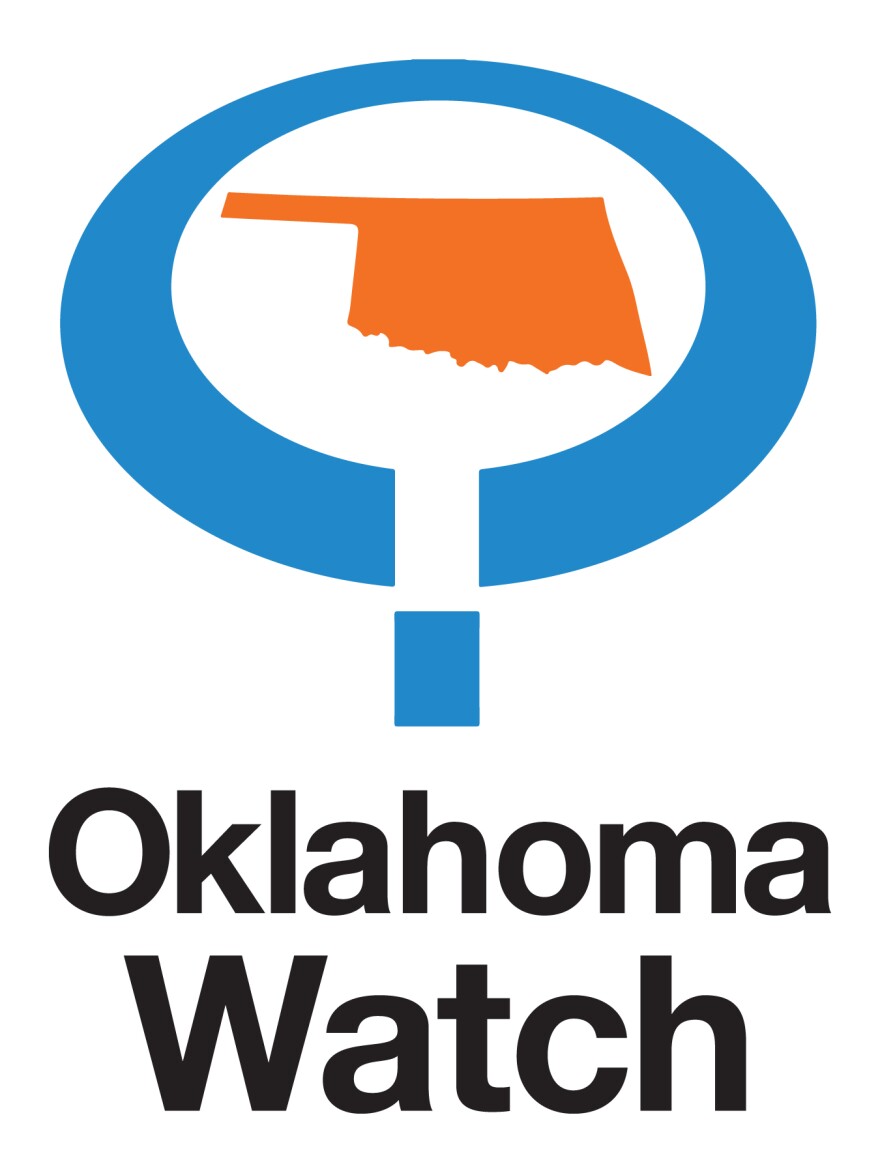A threatened teacher walkout in early April casts a shadow over the legislative session and could disrupt the lives of parents, children, educators and many others should it go on for days or weeks.
State employees also are planning a multi-agency work stoppage on April 2, which would widen and deepen the impact.
Both groups are at an impasse with the state Legislature over pay raises and a demand for greater overall funding. Teachers are seeking a $10,000 annual pay hike and $200 million in additional funding for education; state employees want $213 million in pay increases.
Something has to give. In teachers’ case, will they get the increases they are demanding and, if not, will they accept less and return to their classrooms? Will legislators who have stood firm on different positions on taxes find a compromise?
Oklahoma Watch reporters will be paying close attention and providing rolling coverage here as the walkout date approaches.
Q&A: Five Questions About Teacher Walkout
Q: Can teachers legally strike? Would they be paid?
A: Sort of. Oklahoma law prohibits a teacher’s union from striking or threatening to strike “as a means of resolving differences with the board of education.” The Oklahoma Education Association says a statewide walkout to protest school funding with the Legislature doesn’t fall under that category.
Organizers of the current situation don’t use the term “strike” – although generically it means a refusal to work as a form of protest – and instead say it’s a work stoppage or suspension of schools. Many school boards and administrators support this.
As long as schools are closed during a walkout, teachers would still get paid. If a school opted not to close, and its teachers walked out, they would have to use approved leave or risk being docked pay or disciplined.
On Saturday, the Oklahoma Public Employees Association said it will develop plans for joining teachers in a work stoppage on April 2. OPEA’s attorneys are researching their options.
Q: What would a walkout planned for April 2 mean for spring testing?
A: The tests could be postponed, but not canceled. English and math exams for third through eighth graders, science exams for fifth and eighth graders, and a high school assessment (either the ACT or SAT, depending on the district) are federally mandated. Many high school juniors plan to take the ACT on April 3 or the SAT on April 10. If schools are closed for teacher advocacy, tests could be made up later, similar to procedures when schools are closed for weather.
“Our general plan is when the kids come back, we would have testing,” said Chuck McCauley, superintendent of Bartlesville Public Schools, a district with more than 6,000 students.
Testing for third- through eighth-grade students extends through April 20 for paper/pencil exams and April 27 for online testing, and a make-up day for the ACT and SAT is scheduled for April 24. Joy Hofmeister, state superintendent of public instruction, said the state Education Department is hearing local districts won’t make a decision to disrupt school without a plan to make up tests, as well as instructional hours or days below the minimum that are required. Still, she seems concerned about the timing. “There’s a way we can advocate that doesn’t impede a child’s education for a significant period of time,” she said.
Q: What would happen to athletes, games and other extracurricular activities?
A: The matter will be handled on a district-by-district level and could depend on a given district’s specific work-stoppage strategy.
In a letter to parents, Mustang Public Schools Superintendent Sean McDaniel wrote that a “total shutdown” would include a shutdown of all after-school events. But he said another option is a “contract day shutdown,” which would allow school officials to stay home during their normal work hours but participate in sports, prom and other activities.
Q: Would online schools close?
A: In a letter to teachers, David Chaney, superintendent of Epic Charter Schools, said the 14,000-student district will stick to its calendar and remain open through the end of the school year. But Chaney noted that Epic “shares the sentiment of teachers across Oklahoma” and suggested that Epic faculty participate in the district’s March 14 Capitol Day to advocate for higher teacher and state employee pay.

A statement from the Oklahoma Public Charter School Association was unclear about whether its members would close. “We stand with teachers from across Oklahoma as they take their message to the Legislature,” Barry Schmelzenbach, the association’s board president, said in the statement.
Q: What would happen to students who eat meals at school and parents who need child care?
A: About 436,000 children in Oklahoma get free or reduced lunches at schools. Community groups are starting to plan for how they will mobilize to feed children and offer child care if schools shut down. The Oklahoma Institute for Child Advocacy will post a list of resources by community at http://oica.org/resources/ for parents to see. The Community Food Bank of Eastern Oklahoma is examining ways to provide more food to children in 24 counties in the event of a walkout. The organization is looking at where to add sites to distribute food, and where the needs would be greatest.
“We will focus our work to reach underserved areas,” executive director Eileen Bradshaw said in a statement.
The Boys and Girls Clubs of Oklahoma County are also making plans for extended hours in April. Normally, the clubs provide after-school programs except during school breaks and summers. The 35,000-square-foot Memorial Park Club site will be open from 7:30 a.m. to 7 p.m. if there’s a teacher walkout, said Jane Sutton, president and chief executive officer of the club. The organization doesn’t know if it will be able use space at two schools it routinely uses for activities: Telstar Elementary in Midwest City and Cesar Chavez Elementary School in Oklahoma City.




